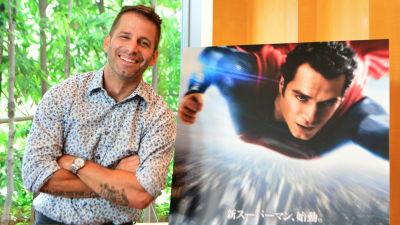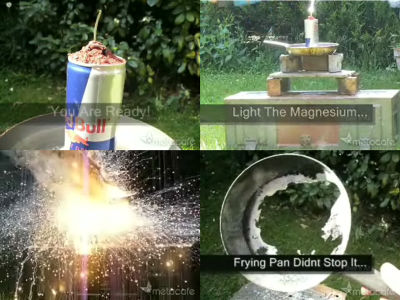The bullet effect of Terminator 2 was not actually CG, a valuable making video is being released

Movies and
Those Bullet Effects In Terminator 2 Weren't CGI | Hackaday
https://hackaday.com/2021/11/14/those-bullet-effects-in-terminator-2-werent-cgi/
In Terminator 2, there is a setting that the T-1000 played by Robert Patrick does not have a gun. And when shot with a gun, a unique bullet hole appeared on the body of the T-1000 made of liquid metal, as if the metal had been damaged.
The shooting battle starts around 40 seconds in the video below, and you can see the damage when the T-1000 was shot.
Terminator 2: Judgment Day --T-1000 Best Scenes --YouTube
An Instagram account at Stan Winston School, which offers an online course on Hollywood movie VFX, reveals that this effect isn't really CG.
Stan Winston School is, as its name, worked on a number of special makeup in Hollywood, the 64th Academy Award for Best Visual Effects and was awarded the Makeup of the award at the Terminator 2 Stan Winston bear the name of Mr. school. Winston died in 2008, but Stan Winston School distributes a lot of the technology of top artists such as Winston.
According to the Stan Winston School's Instagram account, Winston's team will first 'shoot the mud with a gun and what impact will it have?' To find out what effect the T-1000 will have when it receives a bullet. Was carefully investigated. Then, the shape of the bullet holes was reproduced, a mold was made, rubber was poured into it, and finally the rubber bullet holes were thinly metal-processed by a method called 'vacuum metallizing'. Vacuum metallizing is a processing method similar to electroplating , but the point is that the process of 'coating the object to be processed so that it has electrical conductivity' is unnecessary.
After 'metal-worked rubber bullet holes' of various shapes and sizes were created, the bullet holes were compressed into a container and stored under the breastplate. Each container was sealed with a pin and a cable, and when the cable was pulled remotely at the timing of the bullet being shot, the pin would come off. It seems that this mechanism produced the effect that 'the metal bursts and bullet holes remain' when the body of liquid metal is shot.
It seems that there are no actual rubber bullet holes left, but Stan Winston School's Instagram account has released the making video at that time.
View this post on Instagram
The T-1000 hasn't been shot yet.

Something like metal swells in the abdomen ...
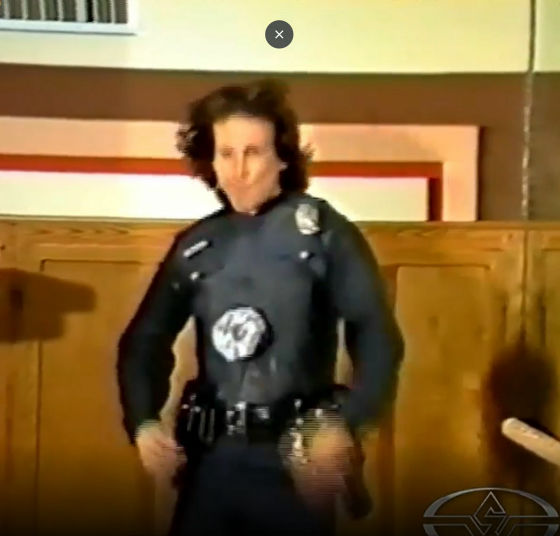
Open like a bowl. Small bullet holes also follow around the chest.
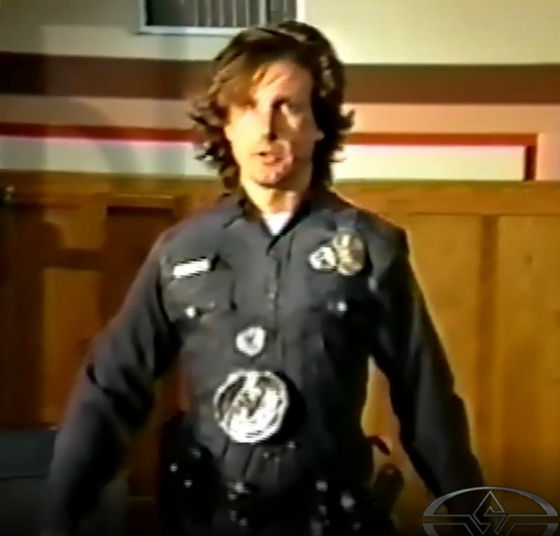
Further close-up. There is nothing on the chest yet.
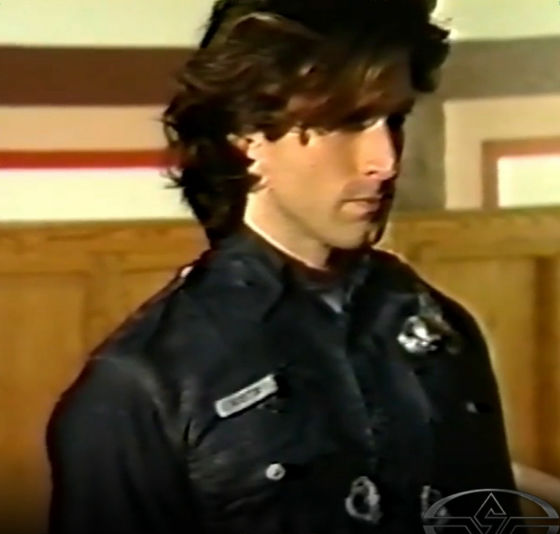
Along with the shooting effect, bullet holes open like flowers.
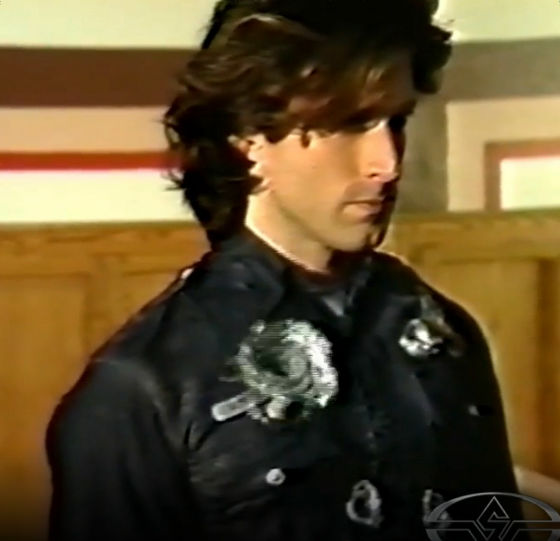
A completely gaping hole.
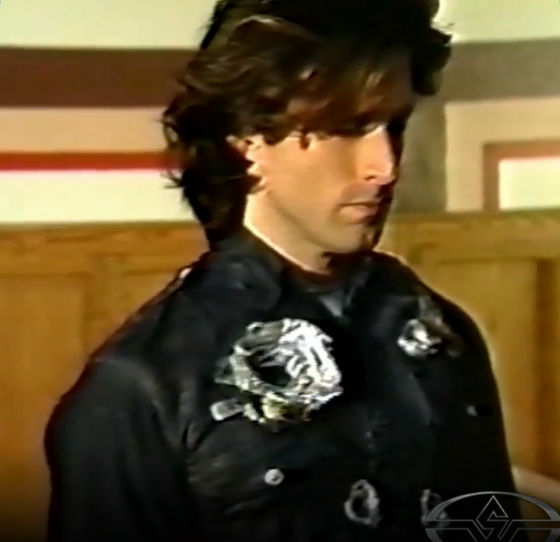
After the bullet holes, the T-1000 staggered as if it had been shocked.
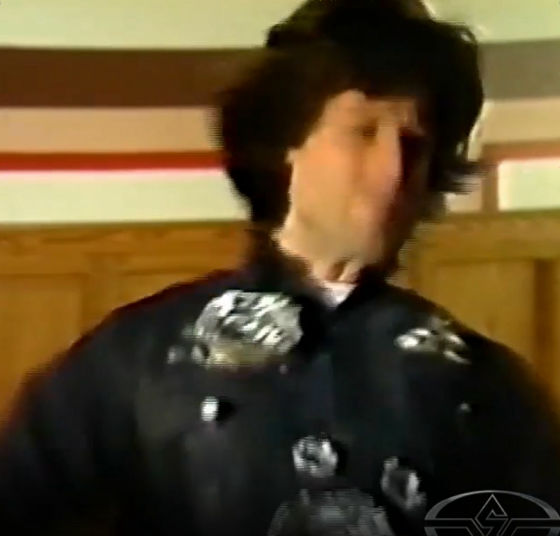
Related Posts:

